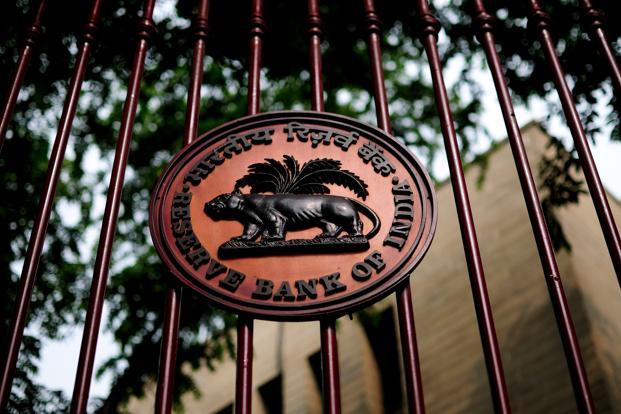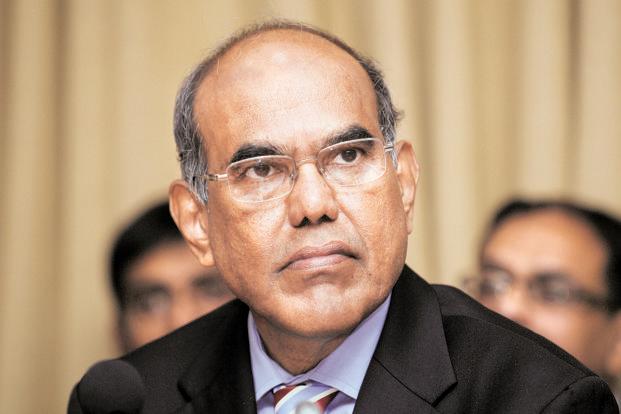The high point of 2012 was Indian central bank’s resounding victory over inflation. After a three-year dogged fight, the Reserve Bank of India (RBI) was finally able to bottle the inflation genie that was hurting growth in Asia’s third largest economy, paving the way for an expansive monetary policy. The wholesale price inflation dropped to a decade low and retail inflation, though relatively high, slipped considerably. Most importantly, the so-called core inflation or the non-food, non-oil, manufacturing inflation dipped dramatically in mid-year and to the surprise of all of us, the final figures of inflation have always been lower than the provisional estimates. A confident RBI went for a deep rate cut.
While the central bank is happy that inflation continues to remain below its zone of comfort, many analysts feel it may not be able to continue with its accommodative monetary policy any more as too much of liquidity is sloshing the system and abundance of cheap money may impact price stability. RBI started the rate cut cycle with a half a percentage point cut in April and aggressively followed it up with a series of baby steps of quarter percentage point cuts with the government pushing for fiscal tightness.
What is more, along with the rate cut, RBI also pared banks’ cash reserve ratio (CRR), or the portion of deposits that commercial banks need to keep with the central bank, to its historic low of 1%, freeing up money. This was done following the recommendations of the Chakrabarty committee. The committee, headed by RBI deputy governor K.C. Chakrabarty, had another member, State Bank of India’s (SBI) chairman Pratip Chaudhuri. Constituted by RBI governor D. Subbarao, the panel submitted its report in record time, just about a week. Chakrabarty, a staunch believer in the central bank’s autonomy and its absolute power to regulate the banking industry, was convinced by Chaudhuri’s persuasion that CRR is a tax on banks and its abolition will release funds that can be used for productive purpose and give a fillip to growth. A convert, Chakrabarty, according to his colleagues, was in favour of total abolition of CRR but Subbarao prevailed on him.
Chaudhuri got the kudos from the industry not only for his crusade against CRR but also his ability to bring down bad assets of SBI. The nation’s largest lender had earned the dubious distinction of accumulating the largest pool of bad assets but Chaudhuri cleaned the balance sheet through aggressive recovery of bad loans and massive provisioning. As he had to set aside money to clean up the balance sheet, SBI’s net profit is expected to drop sharply but analysts are not complaining. They are, in fact, happy that Chaudhuri has stopped comparing his bank’s net profit with large Indian corporations such as Oil and Natural Gas Corp. Ltd and Reliance Industries Ltd.
The other big development of the year was Hongkong and Shanghai Banking Corp. Ltd (HSBC) sealing the deal for the Indian retail and commercial banking businesses of Royal Bank of Scotland Group Plc (RBS). The proposed deal could have expired had it not been completed within 30 November. The deal was hanging in the balance for almost two and a half years as RBI had strong reservations about transfer of RBS’s 31 branch licences to HSBC. The regulator’s reasoning was that the proposed transaction was a portfolio sale and not a complete buyout.
RBS got the India branches after the global acquisition of Dutch bank ABN Amro NV in 2007 by a three-bank consortium that it was a part of, along with Fortis Banque NV and Banco Santander SA. It was the largest acquisition in the global financial sector at that time. RBS which needed a bailout by the British government after the global financial crisis broke out in September 2008 has since been winding down its international operations. The India retail and commercial business was classified as non-core and put up for sale.
HSBC was fined by US federal authorities over accusations of money laundering early this year and the US government recently slapped $1.9 billion fine on it for transactions that involved laundering Mexican drug money and dealing with a Saudi bank linked to terrorist-funding. There have been media reports about wealthy Indians keeping accounts in the Geneva branch of HSBC. Indian government is investigating this. Against this backdrop, RBI’s clearance of the deal raised many eyebrows but HSBC which has not been given any branch licence in past two years will get two and a half dozens of branches at one go, strengthening its Indian operations.
The biggest surprise of the year, however, was the release of new bank licensing norms by the banking regulator. RBI went ahead with this despite the government’s failure to push through the amendment to the banking laws which would have given the Indian central bank power to supersede the rogue bank boards. This was, in fact, a necessary precondition for opening up the sector. The licensing norms will allow industrial houses to enter into banking, something they are extremely keen on.
The original idea behind opening the sector though was expansion of banking services when former finance minister Pranab Mukherjee announced it in February 2010. But that is not required any more as with rapid branch expansion and smart use of technology, Indian banking industry has been able to expand services dramatically this year and covered almost the entire adult population. Hence, the new banks are unlikely to focus on the so-called financial inclusion. Instead, they are expected to focus on urban India. But that’s not a bad idea as post collapse of Lehman Brothers, banks have stopped distributing credit cards and unsecured personal loans at street corners and petrol pumps.



